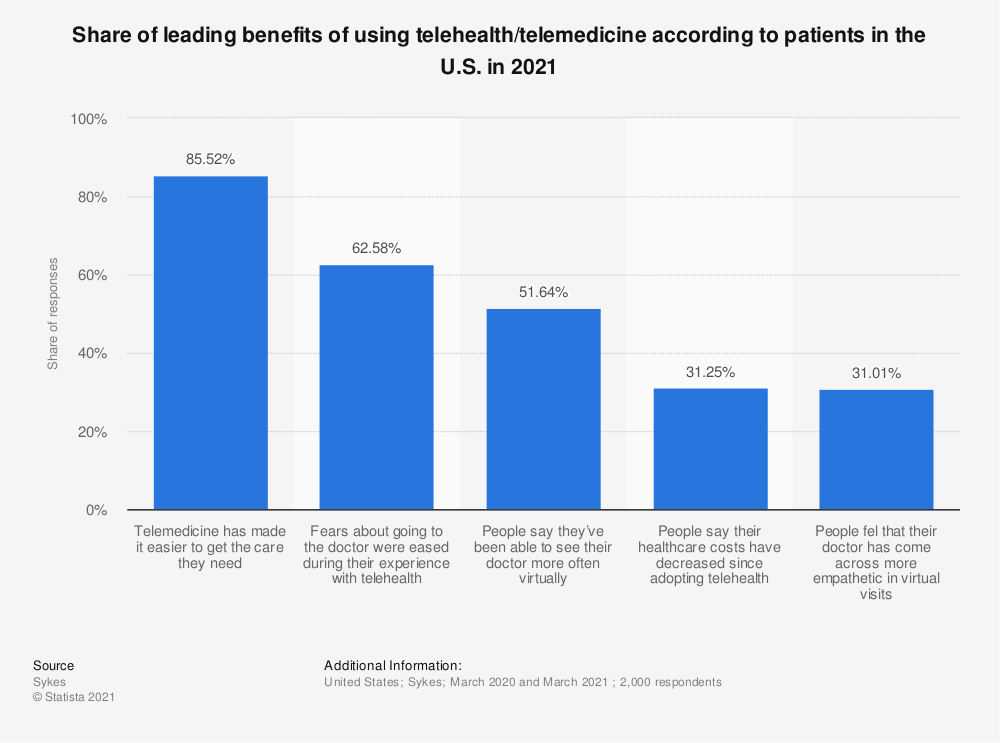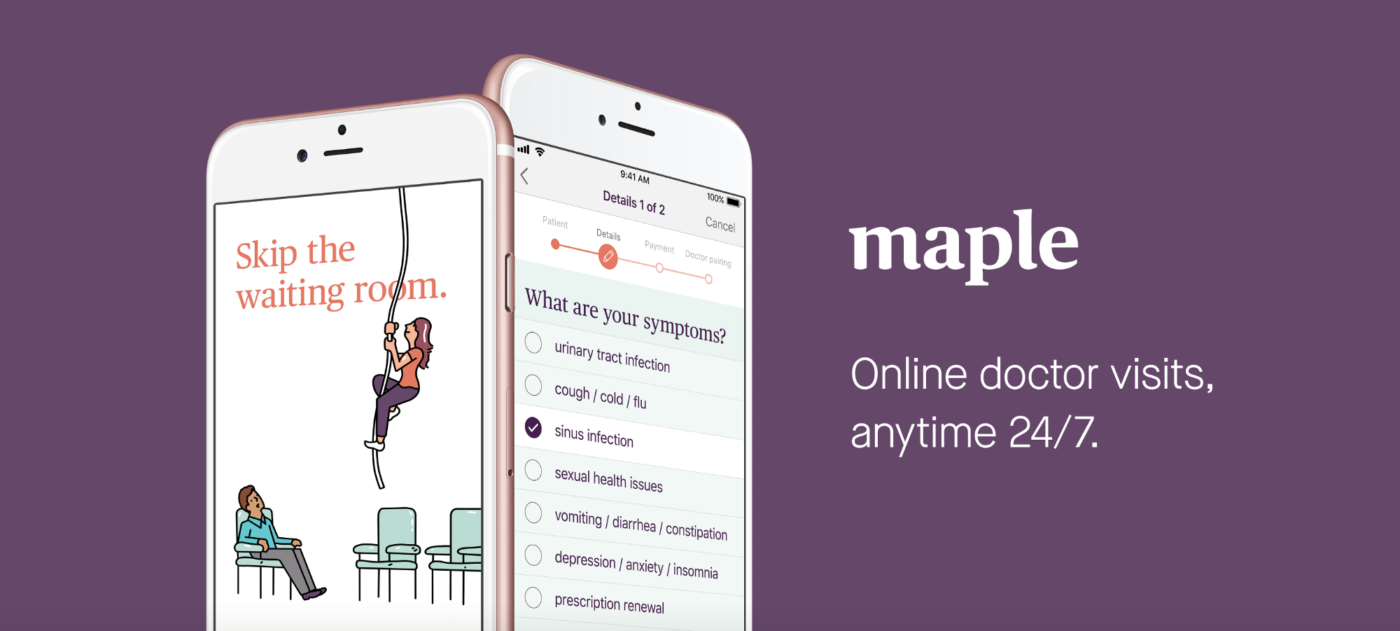No industry or brand has been immune to the disruption of the past decade. From technological advances and start-ups to a global pandemic, change has become the only constant. The health and wellness industries are no exception – and as patient/consumer demand pushes the sector down a new path, brands must reassess their business models if they wish to stay relevant and successful.
NEW FORMS OF VALUE CREATION
These disruptive market forces prosper by delivering value in unique ways that incumbents do not. These change agents are not hampered by the legacy systems and processes of the past and can move quickly to gain a competitive advantage.
The creation of new forms of value is one of the key drivers of growth as they eliminate friction points in conventional patient/client journeys. Some examples include:
- The introduction of telehealth, removing barriers to access
- The growth of the subscription economy, removing the bother and cost of ownership
- E-commerce saving the time of going to the store, while also offering greater variety
Most existing businesses have responded by following their competitor’s lead. For instance, taxi companies have developed apps that mimic that of Uber and Lyft, and the banking industry has remained competitive by either partnering with or purchasing Fintechs and other disruptive start-ups.
The irony is that a legacy business’ biggest assets: scale, network, customer equities, operational efficiency and manufacturing capabilities, have now become their biggest liability. Many in healthcare/wellness have assumed the sector would have some immunity to these forces. In markets like the US, dominated by for-profit care, the need for affordable care will be filled by non-traditional service providers if large organizations do not meet that need. And in markets with universal care or blended approaches, wellness that extends beyond traditional healthcare will deliver on many needs public programs cannot afford.
NEW, NOT JUST IMPROVED
However, a focus on simply improving the current value chain will lead to limited results in the future. Healthcare and wellness organizations need to put their focus on creating a new business model that delivers value in new and unique ways. To help frame a process in developing a new business model and value proposition, we have outlined the steps that have helped us with many successful company transformations.
Step One: Creating a Customer-Centric Value
Value is created through the eye of the beholder. As such it’s imperative the process identifies unmet patient/customer needs. Incremental approaches to creating value fail to succeed long term. To identify what would drive a client to pay more for your services or would leave them upset if the service or product disappeared, you need to explore how value can be created both on the functional and emotional level.
Value can be best found through these three lenses:
1. Elimination of Friction Points: Value can be created by eliminating any unwanted steps in a patient’s journey. These friction points detract from creating strong engagement and lead to a leakage of value through the entire value chain process. It starts with an understanding of the patient/client journey and the role each step, from digital to physical, plays in meeting their needs and exceeding their expectations.
Uber and Lyft accomplished this feat. They eliminated many of the conventional taxi ordering frustrations, from hailing a cab street-side or calling the dispatch number to the easy, hassle-free, cash-less pay system. Both Uber and Lyft eliminated more than a dozen friction points that added negative value to the customer experience.
The introduction of remote health and wellness service is a way to remove friction points for patients. There are many health concerns that do not require face-to-face contact. During COVID, care providers were forced to adapt – even treatments we never could have imagined being remote, such as physiotherapy, are possible (though perhaps not ideal) online. Consider online medical service, Maple. A consumer can be diagnosed and prescribed medicine within a matter of minutes. The impact on patients in remote rural communities could be enormous in boosting their access to care. If COVID pushed us to try remote healthcare, the sector now needs to optimize the experience.
2. Identifying an Unmet Emotional Need Through Research: Another approach in identifying potential value is consumer research. However, traditional research techniques often fail to understand the emotional needs of customers. When it comes to making decisions, especially about something as emotionally charged as our health, our “gut” response has enormous sway. Understanding the emotional unmet needs of patients provides a strong platform for identifying new business models.
Augmented and virtual reality are areas of opportunity for many emotionally driven healthcare and wellness needs. For example, chatbots have been used to keep elderly patients company to great success. There are many potential opportunities to support training, care and families through technology that may relieve the emotional burden on care deliverers while simultaneously meeting an emotional need of the patient/customer that is currently unmet.
3. Creating a Sense of Belonging: A sense of community is a hot topic amongst brand strategists and marketers these days, precisely because smaller, disruptive brands have been so good at community building. Peloton is an excellent example of a health and wellness brand that has edged out the competition by building a sense of belonging and social interaction into their model. Peloton is not merely a provider of fitness equipment – they are a media company with star instructors who have hundreds of thousands of followers, original content that supports their story and a social network connected through a shared activity.
Social bonds have a strong impact on our health and wellness – brands must make community building a key focus to avoid being disrupted in this space.
Step Two: Having a Long View of Value Creation
Most organizations are fixated on meeting quarterly results and yearly targets that often limit their longer view of how they can create value. Although meeting short-term performance goals are important, looking to the future and what may be around the corner is essential in ensuring relevancy. Scenario planning, which can lead to organizations future-proofing their brands, is emerging as one of the most critical, under-developed planning processes.
Companies need to find the right balance in strategic planning to include a STEEP (Social, Technology, Ecologic, Economic and Political trends) methodology, leading to the creation of high impact scenarios with varying degrees of possible realization. These scenarios can allow organizations to think more expansively about the future and ensure they are prepared for the disruption that may become relevant.

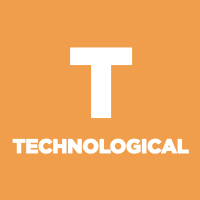

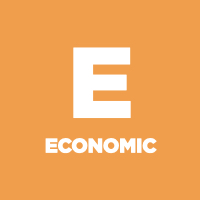
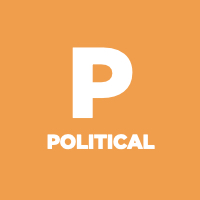
Step Three: Create a Value Trust Ladder
The third step is to determine which parts of the current company value can be effectively leveraged as part of a new business model. Through a value gap analysis, the organization needs to determine the steps required to move the patient along the value ladder. Most organizations fail in launching a new value proposition or business model, not because the idea was not right, but because the rate of change did not allow users to build trust. In our book Desire by Design, we outline in great detail how organizations can leverage our Trust Ladder model to ensure brands create sustained value throughout the brand transformational journey.
What are the odds that Apple would have been successful in launching the new iPhone if their computers were poorly designed and full of technical problems, or the iPod did not connect to a network of easy-to-download MP3 music? Apple succeeded by creating a customer trust journey, allowing the definition of value to evolve and align to a long-term umbrella business model of creating a seamless and easy-to-use digital immersive ecosystem. Any break during the journey of creating the ultimate value proposition through a flawed business model would have resulted in the failure of the entire ecosystem.
Step Four: Creating a Strong Business Model
Irrespective of the type of business model structure you are considering, there are some fundamental elements that need to be considered. We have created the ideal omni-experience business model to serve as the foundation of the process.
The model identifies both key patient/client unmet needs and priorities identified as part of steps one and two of our process, outlined in great detail with supporting worksheets in Desire by Design.
At the centre of any business model are key levers required to deliver unique value to the consumer. These levers include processes, structures and messages working together in transforming the business model of an organization.
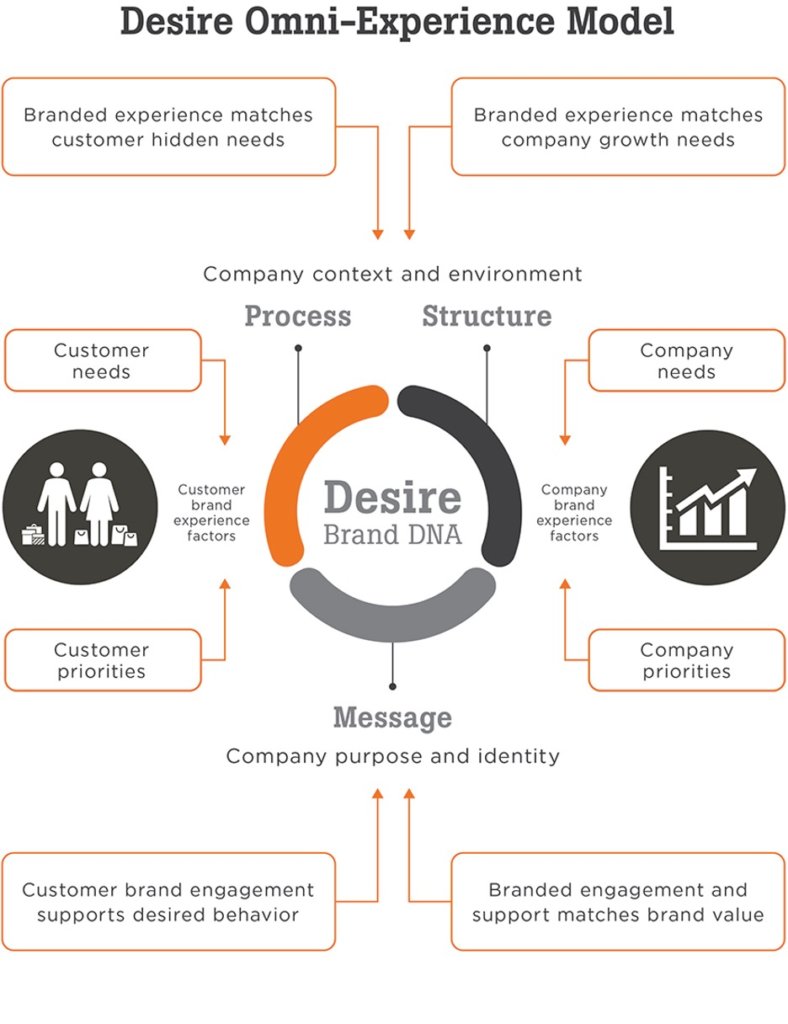
Step Five: Business Model Validation
The final step ensures the business model delivers relevant value over a long period of time through a feedback loop across the entire value chain. Uber has remained relevant by continually evaluating and refining its value proposition, leading to Uber Eats delivering restaurant food fast, Uber Freight, and Uber for Business helping organizations reduce their transportation costs. Uber has also embraced scenario planning by exploring a not-so-distant future where their fleet will consist of driverless vehicles as well as through partnerships with public transportation.
Other companies can learn from Uber and many other market disruptors by looking at not only how they created new, under-served value, and more importantly how they ensured their business model remained relevant.
START THINKING TODAY ABOUT TOMORROW’S DISRUPTORS
Too many organizations are focused on the short-term view of how to remain relevant, relying too heavily on incremental changes at the risk of not capturing new value through a business model reinvention. Taking a long-term approach will ensure the effort of creating a new business model and supporting value proposition has the time to grow and generate significant profits.
Health and wellness are poised to undergo massive disruption as health monitoring devices become more affordable and other technology solves problems currently not being met or being met at an unaffordable cost. Apple’s CEO Tim Cook has stated the future of the company is in healthcare, which is a powerful indication of where disruption in health and wellness will come from – not from your current competition, but from Silicon Valley.
SLD CAN HELP
If you want to have a deeper conversation about business model innovation in the health and wellness sector, please get in touch.

